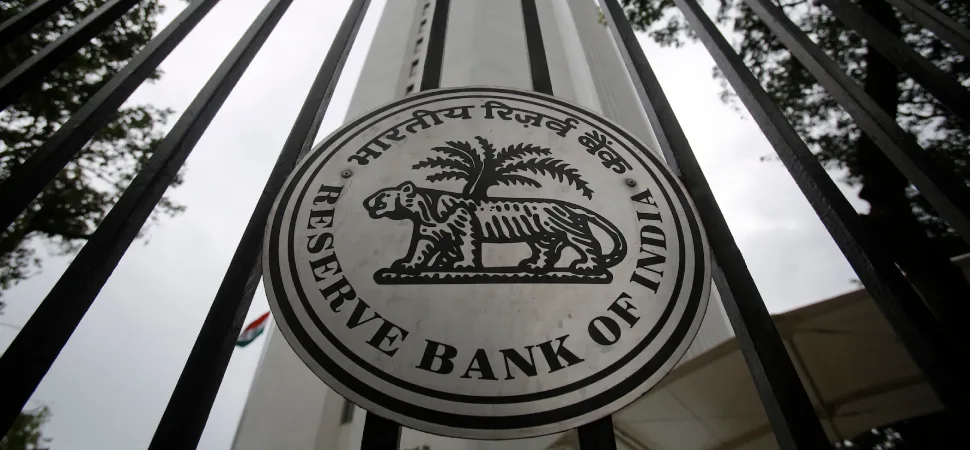13.06
Share ArticleForex trading plan - step by step instructions for success

A successful Forex trading plan should be the starting point for becoming a consistently profitable Forex trader. Unfortunately, some traders only write a trading plan after they have opened several trading accounts. Even writing a trading plan often falls into the "I'll write it when I have more time!" category. So why is it that so many traders don't take the time to create such an important trading plan? The answer is pretty simple: Because we don't like rules. And that doesn't just apply to traders - we use the word "we" to refer to all of humanity.
When you begin trading Forex, you find yourself in an environment where there aren't many rules. You are free to do whatever you want, except for the rules set by your broker. For those of us who are used to living by the rules, this is a rather intimidating proposition. Many traders attribute their failures to this very thing: they don't even set their own rules.
Forex trading plan
A trading plan is a blueprint that outlines everything you do as a trader in a concise and descriptive way. Your trading plan should outline when and how you will trade, what you will do before and after each trade, and more. Writing a trading plan is easy, the key is to make it as detailed as possible, but as concise as possible, preferably on one page, because an eight-page trading plan that takes 15 minutes to read is unlikely to be studied often. Finally, as your trading skills improve, you should revise your plan. Don't make the mistake of thinking that your trading plan is perfect and all you have to do is execute it.
Why a trading plan is important
Simply put, a Forex trading plan helps you stay disciplined. Trading is a business and you should treat it like one. Just as businesses have standard operating procedures to keep things running smoothly, trading requires a trading plan to help you stay disciplined. As mentioned above, the Forex market is a borderless environment and there are rules.
Creating a plan
Now it's time to put all the pieces together. Below is a list of the most important items to include in your trading plan. This list is not exhaustive, so feel free to add any topics that you feel should be included in your trading plan.
1. Defining timeframes
This topic is very simple, but very important. You need to know what timeframe you are working with, and the lack of this simple rule causes headaches for many traders. For example, one trader was constantly changing timeframes when he first began trading Forex traders. One week he used H1, the next week he got bored and switched to M5. Not only that, he had a habit of entering the market, looking at the H1 chart and then moving to H4, D1, M15 and even M5. This man didn't know what he was looking for, but he tried to make sure all timeframes looked right. He picked one or two timeframes that suited him and stuck to them: looking for trades on those timeframes, working on those timeframes, and closing trades on those timeframes. This is the only way to avoid the "timeframe dance" we all went through.
2. Make a list of your favorite stocks
As part of your trading plan, you will need to decide which currency pairs you want to use. Like your overall trading plan, your list will change over time. As a general rule of thumb, it's best to begin with 10 currency pairs that you can track at any given time. That way, you can track a few pairs each week, even on longer timeframes. Over time, as your trading skills improve and you become more confident, you can expand your watch list to include other currency pairs and commodities.
3. Mental Preparation
You don't need to meditate, but mental preparation is the most neglected part of a trading plan. This could be because traders are busy strategizing or they just don't want to talk about how they feel. Either way, this part is very important! How are you feeling today? Did you sleep well, do you have energy, fatigue or something in between? These are the questions you should be asking yourself as part of your action plan. We've all had those mornings: you stayed up late with friends, life's problems kept you awake, or you woke up with a bad day. It happens and will continue to happen, even to the best of us. Your job is to assess the situation and make sure you are mentally prepared to face the markets, otherwise it's better to sit on the ship and do nothing until tomorrow.
Remember that the financial markets are constantly changing, so it is better to wait until you are mentally prepared to trade than to lose money on a mistake you would not have made otherwise. Remember that the safest position is to "sit tight" with no open positions.
4. Limit your risk
As you know, it is not advisable to express your risk as a percentage - it is better to define your level of risk in monetary terms. But on the other hand, percentages also provide some value, so it is better to use both methods together. Here's an example of how to define risk in a trading plan. First, you need to set a percentage risk threshold, which we recommend you set between 1 and 5%. For example, let's say you want to risk 2% per trade. The next step is to determine your monetary risk threshold. Let's say you have a 10,000 dollars account and you are willing to risk 2%. If you only use the percentage rule, your risk per trade would be 200 dollars. But the question is, what level of risk makes you a little nervous?
In other words, how much capital are you willing to lose? The reason you need to ask this question is because it's not necessarily the same as the exact percentage above. Let's say your financial limit is 100 dollars - if you exceed that amount, your emotions will begin to run high. But in the 100 dollars example, that's only half the risk specified in the 2% rule. That's why it's important to know your risk in both terms - percentages and dollars - and minimize it in between. Of course, these numbers will change as your trading account grows, so you'll need to redefine both as needed.
5. Defining the R multiplier
The R multiplier is simply the ratio of return to risk expressed as a single number. This means that the risk is equal to half the potential return that is a multiple of R, resulting in "2R". Another example is a risk of 70 dollars with a potential return of 170 dollars: 170 dollars divided by 70 dollars equals 2.4R. It is important to set a minimum ratio within your trading plan. We recommend 2R, but of course you should do what is best for both of you.
Exit and Entry
- Define your entry rules: How will you enter the trading strategy defined in your plan? EU, for example, if the strategy is a pin, what entry method should you use? Will you enter at the "front" breakout point of the pin bar or in the middle of the pin bar? If you can use both methods, you also need to decide when to use each: what market conditions justify entering in the middle of the pin bar and what market conditions justify entering when the pin bar breaks the high?
- Define exit rules: This is one of the most misunderstood rules when creating a trading plan. Why. Because many people get so caught up in developing setups that they completely forget about finding exits before entering the market. Most traders are good at finding exits, but everyone wants to see how much money they can make on a single trade. However, without exits, it is impossible to determine an R-value based on potential losses. In this section of the business plan, you must decide where to set your stop loss and how to determine your target price. Speaking of targets, you must also detail how you will exit a profitable trade: will you exit the entire trade once you reach your first target, or will you exit only half of the trade and leave the other half open? These are the questions you need to answer.
Risk Management
Setting risk management rules is an important part of a good trading plan. You've already decided where to set your first stop loss, but you also need to decide if and how you want to change it as the trade progresses. For example, you can use the highs and lows of the last few days to move the stop to a safer position and lock in profits.
Risk management is the driving force behind trading. As stated earlier, your ability to make money consistently depends not on your trading profits, but on how much money you make on favorable trades and how much money you lose on unfavorable trades on average over a long period of time. The only way to turn the tide in your favor is to have a solid risk management plan and a systematic approach to executing it.
What you do after you make a trade is just as important as your mental preparation before it. One of the most important rules is to check how far away you are from the trading floor before entering your next trade - this is very important! After a losing trade, you may have the desire to seek revenge and try to recoup your losses. This is called revenge trading and is one of the reasons why many traders fail.
Conclusion
The hardest part of writing a Forex trading plan is not defining the rules; the hardest part is including enough detail to make it effective, yet concise enough to be usable. Remember, the basis of writing a trading plan is that it should be something you can review on a daily basis, which means it should take up one page (two at most) and be in a prominent place. We hope this article has given you some practical tips on how to write a Forex trading plan.


Reviews